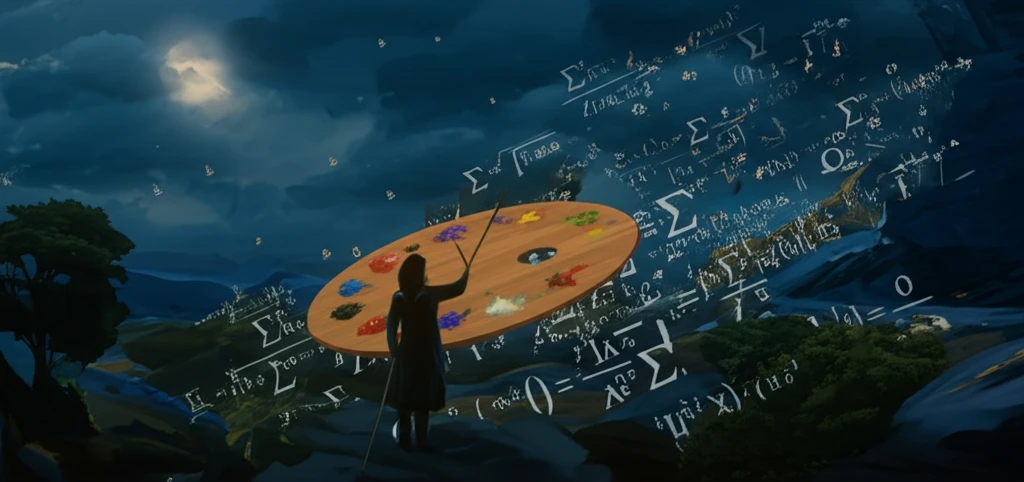
Design Alchemy: Transforming Math and Science into Artful Creations
"Explore how designers are blending mathematical principles with artistic vision to craft innovative and captivating works."
In an era where interdisciplinary thinking is increasingly valued, the fusion of mathematics, science, and design is giving rise to a new wave of creative exploration. Designers are no longer confined to traditional artistic boundaries; instead, they are embracing the precision of mathematics and the insights of scientific inquiry to produce works that are both aesthetically pleasing and intellectually stimulating.
This innovative approach transcends mere decoration, delving into the fundamental relationships between form, function, and concept. By understanding the underlying principles of balance, proportion, and structure, designers can create pieces that resonate with a deeper sense of harmony and purpose. This article explores several projects that exemplify this fusion, showcasing how students and professionals alike are harnessing the power of math and science to redefine the landscape of design.
The core of this movement lies in the exploration of balance—not just as a static concept, but as a dynamic interplay of forces. From the calculation of balance points in dynamic systems to the application of mathematical theories in financial markets, the principles of balance are universal. Designers are tapping into this universality to create works that reflect the inherent order and elegance of the natural world.
How is Mathematics Shaping the Future of Design?

Mathematics provides a framework for understanding and manipulating spatial relationships. The use of mathematical principles in design allows for precise control over form and structure. This analytical approach enables designers to develop solutions that are not only visually appealing but also structurally sound and functionally efficient.
- Exploring Balance: Designers delve into balance through dynamic systems and mathematical theories.
- Geometric Precision: Utilizing geometric shapes and algebraic formulas to shape new aesthetics.
- Cultural Integration: Production methods embrace diverse cultural perspectives.
- Scientific Application: Designs are crafted for potential use in scientific fields.
Embracing Interdisciplinary Creativity
The convergence of mathematics, science, and design represents a paradigm shift in the creative industries. By embracing interdisciplinary collaboration and challenging traditional boundaries, designers are unlocking new possibilities for innovation and expression. As we move forward, it is clear that this fusion of disciplines will continue to shape the future of design, creating works that are not only beautiful but also meaningful and impactful.
